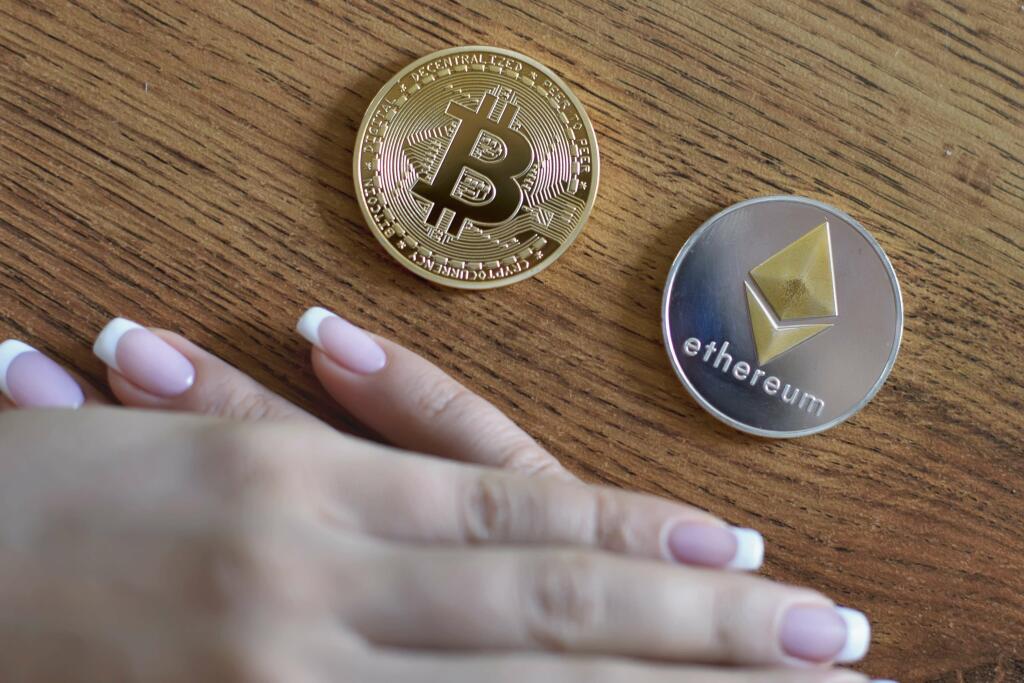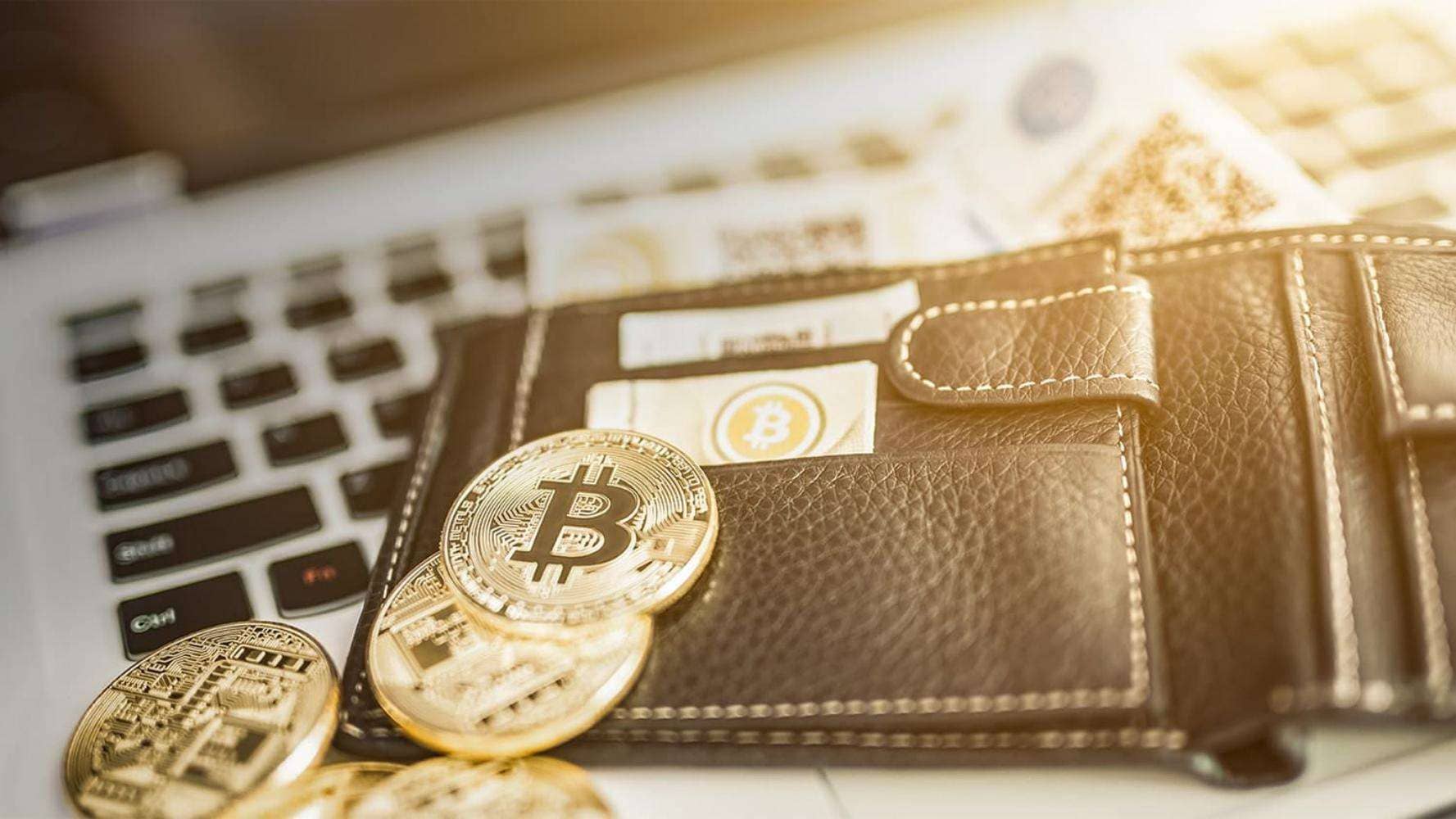Содержание
On the flip side, these interactions introduce severe dependencies. If there is an issue with one smart contract, it may potentially have wide-reaching consequences for multiple applications across the entire DeFi ecosystem. Moreover, problems with the Dai stablecoin or severe ETH price shocks may cause ripple effects throughout the whole DeFi ecosystem. Decentralized order book exchanges can be implemented in a variety of ways. They all use smart contracts for transaction settlement, but they differ significantly in how the order books are hosted.
- They are non-custodial , permissionless , and do not place barriers on access.
- Ultimately, most users may prefer a better user experience rather than optimizing for trust minimization.
- There are several implementations of on-chain fund protocols, including the Set Protocol , Enzyme Finance , Yearn Vaults , and Betoken .
- On the flip side, these interactions introduce severe dependencies.
- The absence of an automatic order matching creates more latency and friction, given that Takers must manually identify suitable trades.
- DEX is a non-custodial solution for cross-chain exchange based on atomic swap technology.
Early decentralized exchanges such as EtherDelta have been set up as walled gardens with no interaction between the various implementations. The exchanges had no shared liquidity, leading to relatively low transaction volumes and large bid/ask spreads. High network fees, as well as cumbersome and slow processes to move funds between these decentralized exchanges, have rendered supposed arbitrage opportunities useless. Many new cryptocurrencies may only be available for purchase or sale through decentralized exchanges, given that centralized exchanges have been slow to list new tokens due to regulatory risk. Therefore, many cryptocurrencies may only be attainable and tradable over decentralized exchanges. However, a decentralized exchange would not be practically useful for users if it did not have robust order books or other mechanisms that enable users to transact cryptocurrencies without significant price slippage.
Client Applications And The Core Package
Transactions that require strong security conditions should be settled using thoroughly audited smart contracts and distributed ledger platforms with a consistent history of guaranteed functionality. First and foremost, different decentralized exchanges offer access to different cryptocurrencies. Counterparty discovery mechanisms enable buyers to discover sellers who are willing to execute transactions on mutually acceptable terms. Although trading fees are not collected, DEX does require a one-time registration fee to be paid on-chain.

The asset layer consists of all assets that are issued on top of the settlement layer. This includes the native protocol asset as well as any additional assets that are issued on this blockchain . Major crypto exchanges such as Coinbase or Binance operate as centralized companies, incorporated and compliant with local regulations. These hubs for crypto buyers and sellers serve as on-ramps to the digital currency, and they charge fees for their services. Lastly, some users may want to minimize trust in the security, miners, and validators of the underlying distributed ledger.
Pooled loans use variable interest rates that are subject to supply and demand. The funds of all borrowers are aggregated in a single, smart contract-based lending pool, and lenders start to earn interest right when they deposit their funds in the pool. However, the interest rates are a function of the pool’s utilization rate. Lending pools have the additional advantage that they can perform maturity and size transformation while maintaining relatively high liquidity for the individual lender. In the following subsections, I compare various types of decentralized exchange protocols, some of which are not exchanges in the narrow sense but have been included in the analysis, as they serve the same purpose.
Anything that has been created before can be used by an individual or by other smart contracts. This flexibility allows for an ever-expanding range of possibilities and unprecedented interest in open financial engineering. As such, DeFi may potentially create a genuinely open and accessible financial system. In particular, the infrastructure requirements are relatively low and the risk of discrimination is almost inexistent due to the lack of identities. DeFi may increase the efficiency, transparency, and accessibility of the financial infrastructure.
Deconstructing Decentralized Exchanges
You would have to lose connection to an entire blockchain network. In contrast to a centralized exchange, a DEX is a decentralized exchange used for trading cryptocurrencies. On a DEX, all the four core functions of any exchange – Capital Deposits, Order Books, Order Matching, Asset Exchange – are decentralized and managed on-chain. They are non-custodial , permissionless , and do not place barriers on access. You may have heard of some of the more famous examples of digital CEX, including Binance, Huobi and Coinbase.

On the one hand, developers are using smart contracts and the decentralized settlement layer to create trustless versions of traditional financial instruments. On the other hand, they are creating entirely new financial instruments that could not be realized without the underlying public blockchain. Atomic swaps, autonomous liquidity pools, decentralized stablecoins, and flash loans are just a few of many examples that show the great potential of this ecosystem. While much of the traditional financial system is trust based and dependent on centralized institutions, DeFi replaces some of these trust requirements with smart contracts. The contracts can assume the roles of custodians, escrow agents, and CCPs.
A Response To The Transfer Of Funds Regulation
In the case of a crisis, the availability of historical data is a vast improvement over traditional financial systems, where much of the information is scattered across a large number of proprietary databases or not available at all. As such, transparency of DeFi applications may allow for the mitigation of undesirable events before they arise and help provide much faster understanding of their origin and potential consequences when they emerge. All transactions are publicly observable, and the smart contract code can be analyzed on-chain.
The application layer creates user-oriented applications that connect to individual protocols. The smart contract interaction is usually abstracted by a web browser-based front end, making the protocols easier to use. The exchange will allow collectors around the world to sell and swap non-fungible tokens via complex swap creations through bundling digital assets and currencies.
The term decentralized finance refers to an alternative financial infrastructure built on top of the Ethereum blockchain. DeFi uses smart contracts to create protocols that replicate existing financial services in a more open, interoperable, and transparent way. This article highlights opportunities and potential risks of the DeFi ecosystem. I conclude that DeFi still is a niche market with certain risks but that it also has interesting properties in terms of efficiency, transparency, accessibility, and composability.

For example, if a proof of work blockchain is attacked, such as through a “51 percent” attack, settled transactions may be reversed despite a large number of block confirmations. Therefore, the ultimate security of a decentralized exchange is dependent on the security of the underlying distributed ledger. The protocol layer provides standards for specific use cases such as decentralized exchanges, debt markets, https://xcritical.com/ derivatives, and on-chain asset management. These standards are usually implemented as a set of smart contracts and can be accessed by any user . Some decentralized exchanges do not have order books and instead feature a reserve-based model. A reserve provides a supply and demand of various tokens that are readily available to be executed based on the reserve’s quoted buy and sell prices for that token.
Fees
When a user interacts with such an application, they cannot observe the application’s internal logic. Moreover, the user is not in control of the execution environment. decentralized bitcoin exchange As a result, the user has to trust the application service provider. Smart contracts mitigate both problems and ensure that an application runs as expected.

While audits, insurance services, and formal verification are partial solutions to this problem, some degree of uncertainty remains. The shared settlement layer allows these protocols and applications to interconnect. On-chain fund protocols can make use of decentralized exchange protocols or achieve leveraged positions through lending protocols. A complete set of sub-tokens consists of 1 sub-token for each potential outcome. When the market resolves, the smart contract’s cryptoassets will be split among the sub-token owners of the winning outcome. In the absence of market distortions, each sub-token’s ETH price should, therefore, correspond to the probability of the underlying outcome.
Decentralised Crypto Exchanges: Here’s What You Need To Know
Exchanges such as Bitfinex are attractive targets for malicious hackers, and several exchanges have had their funds drained, with losses likely totaling at least several hundred million dollars. Other traders are able to borrow the funds from the pool to make trades, such as arbitrage or loans. This automated trading is facilitated by Automated Market Makers. Users pay a trading fee equal to, for example, 0.3% paid per trade, which is allocated to everyone in the pool based on the percentage of their share of the pool, thus rewarding anyone who adds liquidity to the pool. Users who move between different lending marketplaces specifically to provide liquidity with the purpose of reaping the rewards given to liquidity providers are doing what is known as “yield farming”. To carry out transactions, it doesn’t ask you to transfer funds to a wallet or any trading accounts.
On IOTA, it will be up to the validator to set the fee, which could be justified by arguments such as the resilience of their network, and so on. Data leakage is on everyone’s mind and the protection of private data is a top priority. On a DEX, users don’t provide sensitive personal details to third parties and there are usually no registration processes for using the exchanges. Having said all this, decentralised exchange comes with its set of disadvantages as well including that it doesn’t initiate the trade of fiat currencies. Unlike centralised exchanges, decentralised crypto exchanges don’t provide friendly features. In a similar vein, it is important to differentiate between legitimate decentralized protocols and projects that only claim to be decentralized but are in fact under the exclusive control of an organization or a few individuals.
Why Choose Iota For Your Dex?
They can be used in many decentralized applications and stored within smart contracts. As such, these tokens are an essential part of the DeFi ecosystem. The latency of a decentralized exchange depends on the speed of the underlying distributed ledger. For example, if it takes 3 minutes to confirm one transaction in Ethereum, then an order would be settled in 3 minutes at a minimum given that the ultimate settlement of a trade must be on-chain. This latency will likely improve as the Ethereum network adopts new technologies to increase throughput and lower validation time. The performance of any decentralized exchange is limited, at the very minimum, by the latency involved in securely confirming a transaction on the underlying chain.
And as already mentioned, DEX doesn’t engage with fiat currencies, so you have to have crypto to trade crypto . A lack of centralized control also means that DEX users don’t have to hand over their private keys to a third party. From this perspective, a DEX offers additional security and control.
As of September 2020, Dai accounts for almost 75 percent of all loans in the DeFi ecosystem. Matching lenders with borrowers can be done in a variety of ways. P2P matching means that the person who is providing the liquidity lends the cryptoassets to specific borrowers. Consequently, the lender will only start to earn interest once there is a match. The advantage of this approach is that the parties agree on a time period and operate with fixed interest rates. NFTs are tokens that represent unique assets, that is, collectibles.
We differentiate between asset-based and event-based derivative tokens. We call a derivative token asset-based when its price is a function of an underlying asset’s performance. We call a derivative event-based when its price is a function of any observable variable that is not the performance of an asset. Interest payments and liquidation fees are partially used to “burn” MKR, thereby decreasing the total MKR supply. In exchange, MKR holders assume the residual risk of extreme negative ETH price shocks, which may lead to a situation in which the collateral is insufficient to maintain the USD peg. In this case, new MKR will be created and sold at a discounted rate.
Policymakers and regulators are right to be concerned about the potential for cryptocurrency to enable illicit activity online. But the assumption that anonymous accounts on Bitcoin, Ethereum, and related cryptocurrencies will facilitate money laundering and sanctions evasion is misplaced. Rather than focusing on blockchains whose transactions are public and traceable, regulators should focus their attention where it more needed instead, such as privacy-enhancing coins and decentralized exchanges.
Follow Bloomberg Markets
Alternatively, you can get a deposit address during registration right after creating your wallet, from the wallets view link at the top right of the screen. Dcrinstall will guide you through installation of all needed software and help set up your Decred wallet. It is recommended to have at least 2 GB of available system memory and 25 GB of free disk space to run the DEX client. For the most secure setup, you can also install in a fresh virtual machine.
Instead, it is based on open protocols and decentralized applications . Agreements are enforced by code, transactions are executed in a secure and verifiable way, and legitimate state changes persist on a public blockchain. IDEX is a non-reserve-based decentralized exchange that employs automated order filling. On IDEX, users may submit limit and market orders because the application has built-in off-chain order matching algorithm that helps match orders on the off-chain order book.
These inverse tokens allow users to get short exposure to cryptoassets. A popular derivative token platform is called Synthetix (Brooks et al., 2018). It is implemented so that the total debt pool of all participants increases or decreases depending on the aggregate price of all outstanding synthetic assets.